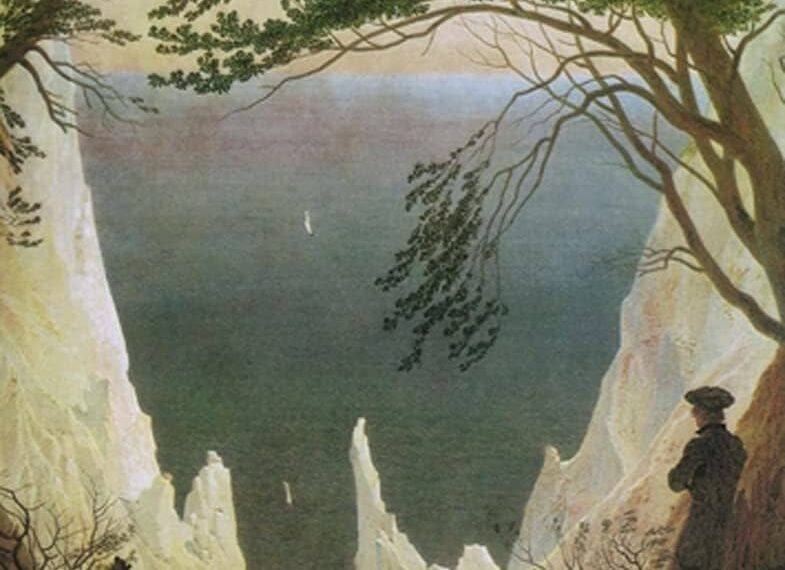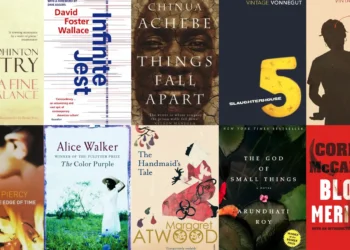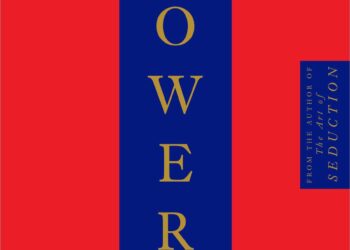What are the two sides of Romanticism
What are the two sides of Romanticism-What is the dark side of Romanticism?,What are the two main characteristics of the Romantic style?,What are the two principles of Romantic literature?,Romanticism, a complex and multifaceted cultural, artistic, and intellectual movement that unfolded in the late 18th century, embodies a dichotomy marked by contrasting ideologies, attitudes, and expressions. The movement can be broadly categorized into two facets: a celebratory, idealistic side, and a critical, skeptical side. These two sides offer distinct perspectives on the influence of Romanticism on literature, art, and society.What are the two sides of Romanticism
The celebratory side of Romanticism, the more familiar aspect, is characterized by an enthusiastic celebration of individualism, imagination, and emotional expression. Romantic writers and artists championed the intrinsic value of an individual’s subjective experience and emotions, departing from the Enlightenment’s emphasis on reason and rationality. A prominent example within this celebratory aspect is found in the poetry of William Wordsworth and Samuel Taylor Coleridge, particularly their collaborative work “Lyrical Ballads,” which extolled the beauty of nature and the emotional experiences of ordinary individuals.
Nature played a central role in Romantic thought, serving as a source of inspiration, solace, and spiritual connection. Romantic poets such as John Keats, Percy Bysshe Shelley, and Lord Byron celebrated nature’s sublime beauty and its ability to evoke powerful emotions. The Romantic landscape, vividly depicted in paintings by artists like J.M.W. Turner and Caspar David Friedrich, became a metaphorical space where individuals could encounter the divine, experience transcendence, and explore the depths of their emotions.
Also Read-
- What is Dark Romanticism Theme ,Works and Impact
- Explain American Romanticism with examples
- Who are the Dutt family in Indian English literature
The celebration of the heroic individual is another hallmark of Romantic literature. The Romantic hero, exemplified in Lord Byron’s “Childe Harold’s Pilgrimage,” embodied traits such as rebelliousness, passion, and a quest for personal fulfillment. This figure stood in defiance of societal norms and represented the Romantic rejection of authority and conformity. The exploration of one’s inner self is also evident in the introspective works of poets like William Blake, whose “Songs of Innocence and of Experience” delves into the complexities of human consciousness.
However, the celebratory side of Romanticism is only one facet of this intricate movement. The critical, skeptical side emerged as a reaction to perceived excesses and limitations. Critics and writers within the movement, such as William Blake, began to question the very ideals they initially championed. Blake’s “The Marriage of Heaven and Hell” challenges conventional notions of good and evil, questioning binary distinctions associated with moral and social norms.What are the two sides of Romanticism
A critical element of Romanticism is its self-awareness and introspection. Mary Shelley’s “Frankenstein” explores the darker consequences of unchecked individualism and the manipulation of nature, raising ethical questions about the limits of scientific progress and the potential dangers of playing with the forces of creation. The skepticism within Romanticism is also evident in the works of essayists like Thomas Carlyle and John Stuart Mill. Carlyle, in “Sartor Resartus,” critiques societal conventions and calls for a deeper, more spiritual connection with existence. Mill, in his essay “On Liberty,” scrutinizes the potential tyranny of public opinion and the dangers of conformism.
Moreover, the industrialization and urbanization of the 19th century prompted some Romantic thinkers to adopt a critical stance. The consequences of the Industrial Revolution, including environmental degradation and social upheavals, led some Romantics to question the trajectory of progress. William Blake, in “Jerusalem,” expressed concern about the dark Satanic mills symbolizing the industrial landscape, suggesting that progress, divorced from moral and spiritual considerations, could lead to destructive outcomes.What are the two sides of Romanticism
The tension between the celebratory and critical sides of Romanticism is also evident in the visual arts. While artists like Eugène Delacroix celebrated the heroic and sublime, others like Francisco Goya depicted the horrors of war in “The Third of May 1808.” Goya’s piece serves as a stark reminder of the human cost of political and societal upheavals, challenging the idealized visions often associated with Romanticism.
Furthermore, the tension within Romanticism is reflected in the diverse range of literary genres it spawned. While poets like Keats and Wordsworth embraced the lyrical and pastoral, writers such as Edgar Allan Poe explored the darker realms of the human psyche in Gothic tales like “The Fall of the House of Usher.” Poe’s works present a counterpoint to the more optimistic and celebratory aspects of Romantic literature.What are the two sides of Romanticism
Conclusion:
In conclusion, the dual nature of Romanticism, encompassing both a celebratory, idealistic side and a critical, skeptical side, underscores the richness and complexity of this cultural and intellectual movement. The celebratory aspect, marked by an exuberant embrace of individualism, imagination, and emotional expression, has left an indelible mark on literature, art, and our understanding of the human experience. The Romantic celebration of nature, the heroic individual, and the inner self resonates through timeless works that continue to inspire and captivate audiences.
Conversely, the critical side of Romanticism introduces a necessary counterpoint, challenging the movement’s own ideals and questioning the potential pitfalls of unchecked individualism and progress. This skepticism, evident in works that explore the darker consequences of Romantic ideals, adds depth and nuance to the narrative, inviting reflection on the complexities of the human condition.What are the two sides of Romanticism
The tension between these two sides reflects the dynamic nature of Romanticism, showcasing its capacity to engage with the multifaceted aspects of life, society, and artistic expression. Ultimately, the legacy of Romanticism persists as a testament to the enduring dialogue between celebration and critique, shaping our cultural and intellectual landscape.
FAQ:
1. How did Romanticism celebrate individualism?
Romanticism celebrated individualism by emphasizing the intrinsic value of an individual’s subjective experience, emotions, and imagination. Romantic writers and artists, such as Wordsworth, Coleridge, and Byron, exuberantly embraced the idea that each person’s unique perspective held profound significance, challenging the Enlightenment’s emphasis on reason and rationality.
2. What role did nature play in Romantic thought?
Nature played a central role in Romantic thought, serving as a source of inspiration, solace, and spiritual connection. Romantic poets like Keats, Shelley, and Byron celebrated nature’s sublime beauty and its ability to evoke powerful emotions. The Romantic landscape, depicted in paintings by artists like Turner and Friedrich, became a metaphorical space for encountering the divine, experiencing transcendence, and exploring profound emotional depths.
3. How did the Romantic hero embody the celebratory side of Romanticism?
The Romantic hero, as exemplified in works like Byron’s “Childe Harold’s Pilgrimage,” embodied traits such as rebelliousness, passion, and a quest for personal fulfillment. This figure stood in defiance of societal norms, symbolizing the Romantic rejection of authority and conformity. The celebration of the heroic individual reflected the movement’s emphasis on individual autonomy and the exploration of one’s inner self.



